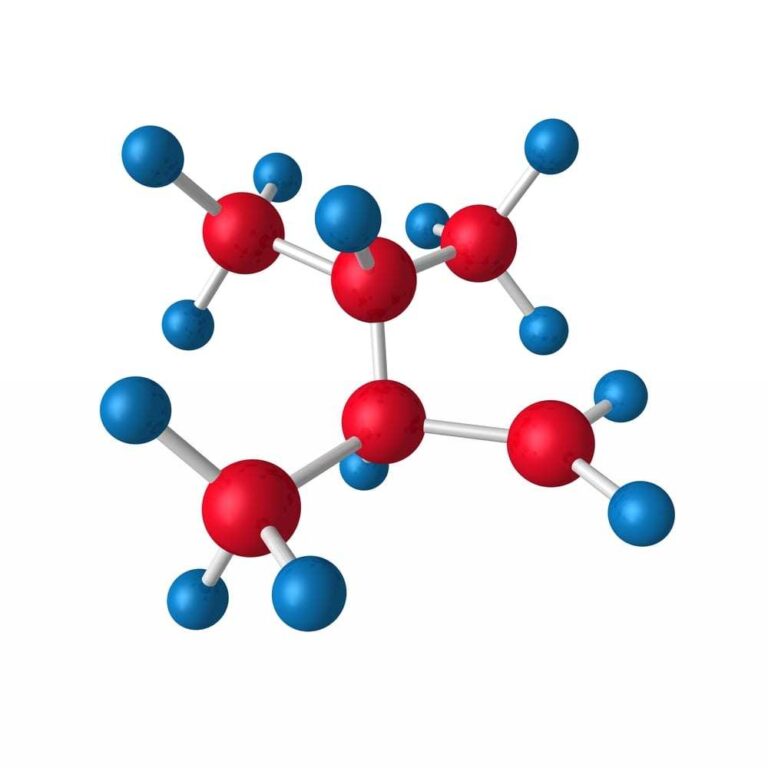The market for antibody-drug conjugates, or ADCs, is hotter than ever…
Category: Bioanalytical Services
Home / Bioanalytical Services
Predictive, Diagnostic, and Pharmacodynamic Biomarkers Tobacco products kill more than five…
Though not as buzzworthy as biologics or some other trendy therapies,…
Diverse, abundant microbial communities are found across all of the earth’s…
Although large molecule drug discovery has become more popular recently, small…
Until recently, many scientists were convinced that animal welfare and high-quality…
While the wave of small molecule drug therapies going off patent…
About a century ago, Otto Loewi discovered in his laboratories in…
Trained and supervised by internationally recognized experts, we have acquired skills…
Although we’ve made great progress in our understanding of the central…
QPS recognizes the importance of well-conducted clinical trials on drug-drug interactions….
Presently, the QPS Respiratory Team is making progress on a large…
For all you assay aficionados out there, we thought you’d be…
At QPS, we love making customers happy. Here’s what two of…
Over the past 10 years, large molecule therapies have increased from…
QPS and Samsara Sciences have solidified a cell supply partnership for…
If you need to quantify blood zinc levels, are working on…
The role of Mg in human nutrition has recently received renewed…
LingSing Chen, PhD, former VP and Global Head of Translational Medicine…
Launch of two-month public consultations on revised guidelines on accelerated assessment…
Introduction Real-world evidence (RWE) is accelerating drug development by using routinely collected patient health data, known as real-world data (RWD), to deliver insights beyond…
Introduction Researchers are developing novel, safer treatments for cancer, but bringing new oncology therapies to market is challenging. This white paper will examine the…
Introduction As global obesity rates continue to rise, the search for effective treatments is more critical than ever. Obesity is associated with an increased…
NEWARK, Del.—(BUSINESS WIRE)—QPS Holdings, LLC (QPS), an award-winning contract research organization (CRO) focused on bioanalytics and clinical trials, is celebrating its 30-year anniversary in…
NEWARK, Del.—(BUSINESS WIRE)—QPS India, a subsidiary of QPS Holdings, LLC (QPS), a GLP/GCP-compliant global full-service Contract Research Organization, has achieved another significant milestone by…
TAIPEI, Taiwan—(BUSINESS WIRE)—QPS, a leading global contract research organization (CRO) specializing in preclinical and clinical drug development services, is pleased to announce the expansion…
Webinars

New Draft FDA Guidance on ADC Pharmacology
March 23, 2022
The market for antibody-drug conjugates, or ADCs, is hotter than ever before. In response, the Food and Drug Administration (FDA) released new guidance on clinical pharmacology

Advances in Smoking Cessation
July 20, 2020
Predictive, Diagnostic, and Pharmacodynamic Biomarkers Tobacco products kill more than five million people each year. Up to half of regular tobacco users eventually die of

Selecting a CRO for Chronic Disease Drug Development Using Small Molecules
April 1, 2020
Though not as buzzworthy as biologics or some other trendy therapies, small molecules (i.e., organic compounds with a low molecular weight) make up the majority

Beauty and the Bacteria: Mechanical Forces in a Multispecies Biofilm Colony
March 30, 2020
Diverse, abundant microbial communities are found across all of the earth’s ecosystems, from the human intestinal tract to deep water hydrothermal vents to rainforest canopies.

Small Molecule Drug Discovery Opening Doors for Chronic Disease Management
November 4, 2019
Although large molecule drug discovery has become more popular recently, small molecules have always acted as the basis for the majority of drug research and

The Importance of Animal Welfare in Preclinical In Vivo Research
October 15, 2019
Until recently, many scientists were convinced that animal welfare and high-quality animal research were not compatible. Animal welfare was considered a nuisance that should be
Available Now! Tiotropium Assay for Generic and 505(b)(2) Studies.
July 12, 2019
While the wave of small molecule drug therapies going off patent has peaked, there are still a number that will be losing patent protection over
Impact of Biomarkers on Current Parkinson’s Disease Treatment Research
July 8, 2019
About a century ago, Otto Loewi discovered in his laboratories in Graz, Austria, that nerve impulses are transmitted by chemical messengers like acetylcholine. Since then,
Inflammatory Disease Models and Biomarkers
June 10, 2019
Trained and supervised by internationally recognized experts, we have acquired skills in a variety of inflammatory disease models at QPS. Such models can be applied
Accelerating Pharmaceutical Breakthroughs for CNS Disorders
June 5, 2019
Although we’ve made great progress in our understanding of the central nervous system (CNS) and the disorders that affect it, CNS drug development continues to
DDI Studies: The Final Frontier?
May 9, 2019
QPS recognizes the importance of well-conducted clinical trials on drug-drug interactions. Historically, the CYP450 interactions provided valuable information for the safe use of drugs, being
Challenging the Inhaled Allergen Challenge
May 9, 2019
Presently, the QPS Respiratory Team is making progress on a large data-intensive, 2-centre allergen challenge study in eosinophilic allergic asthma testing an innovative new drug
QPS Assay Finder Database Grows 47 New Assays!
November 28, 2016
For all you assay aficionados out there, we thought you’d be juiced to know — we just added a whopping 47 new assays to the
Client Feedback — Our Gold Standard
December 13, 2016
At QPS, we love making customers happy. Here’s what two of them had to say about our work in DMPK protein binding studies: First of
SCIEX and QPS Join Forces to Bring You a New Bioanalysis Solution for Biologics
April 5, 2016
Over the past 10 years, large molecule therapies have increased from 10% to nearly 50% of the typical pharma and biopharmaceutical pipeline. This transition has
QPS Now Has Exclusive Distribution Rights for Samsara’s Specialized Human Liver Cells
March 25, 2016
QPS and Samsara Sciences have solidified a cell supply partnership for the production, characterization and distribution of primary human liver cells including hepatocytes and hepatic
QPS will create an (LC)-ICP-MS assay to perform the critical elemental analysis in your drug development study
March 1, 2016
If you need to quantify blood zinc levels, are working on a gadolinium-based MRI contrast agent, or need to measure platinum levels in mouse livers

New ICP-MS Magnesium (Mg) Assays in Human Plasma and Urine added to the QPS Global Assay Database
February 9, 2016
The role of Mg in human nutrition has recently received renewed interest. Mg dietary intake has been reported to have decreased during the last 100
Just Out! QPS Scientist LingSing Chen Contributes Biosimilars Expertise to eBook
November 16, 2015
LingSing Chen, PhD, former VP and Global Head of Translational Medicine and Biosimilars at QPS, shares her bioanalytical expertise in a new eBook published by
Fast Track Routes for Medicines that address Unmet Medical Needs
July 27, 2015
Launch of two-month public consultations on revised guidelines on accelerated assessment and conditional marketing authorization The European Medicines Agency (EMA) has revised its guidelines on
Introduction Real-world evidence (RWE) is accelerating drug development by using routinely collected patient health data, known as real-world data (RWD), to deliver insights beyond…
Introduction Researchers are developing novel, safer treatments for cancer, but bringing new oncology therapies to market is challenging. This white paper will examine the…
Introduction As global obesity rates continue to rise, the search for effective treatments is more critical than ever. Obesity is associated with an increased…
NEWARK, Del.—(BUSINESS WIRE)—QPS Holdings, LLC (QPS), an award-winning contract research organization (CRO) focused on bioanalytics and clinical trials, is celebrating its 30-year anniversary in…
NEWARK, Del.—(BUSINESS WIRE)—QPS India, a subsidiary of QPS Holdings, LLC (QPS), a GLP/GCP-compliant global full-service Contract Research Organization, has achieved another significant milestone by…
TAIPEI, Taiwan—(BUSINESS WIRE)—QPS, a leading global contract research organization (CRO) specializing in preclinical and clinical drug development services, is pleased to announce the expansion…














